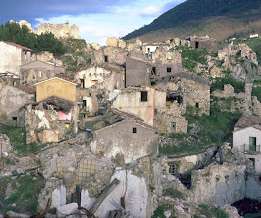Data and AI for Decision-Support and Policy
National Center for Disaster Prepardness
MAY 30, 2025
Miguel-ngel Fernndez-Torres, an Assistant Professor at the Signal Theory and Communications Department at the Universidad Carlos III de Madrid and co-lead of the Working Group on Data at the Global Initiative on Resilience to Natural Hazards through AI Solutions. Focus Group on AI for Natural Disaster Management (FG-AI4NDM).













Let's personalize your content